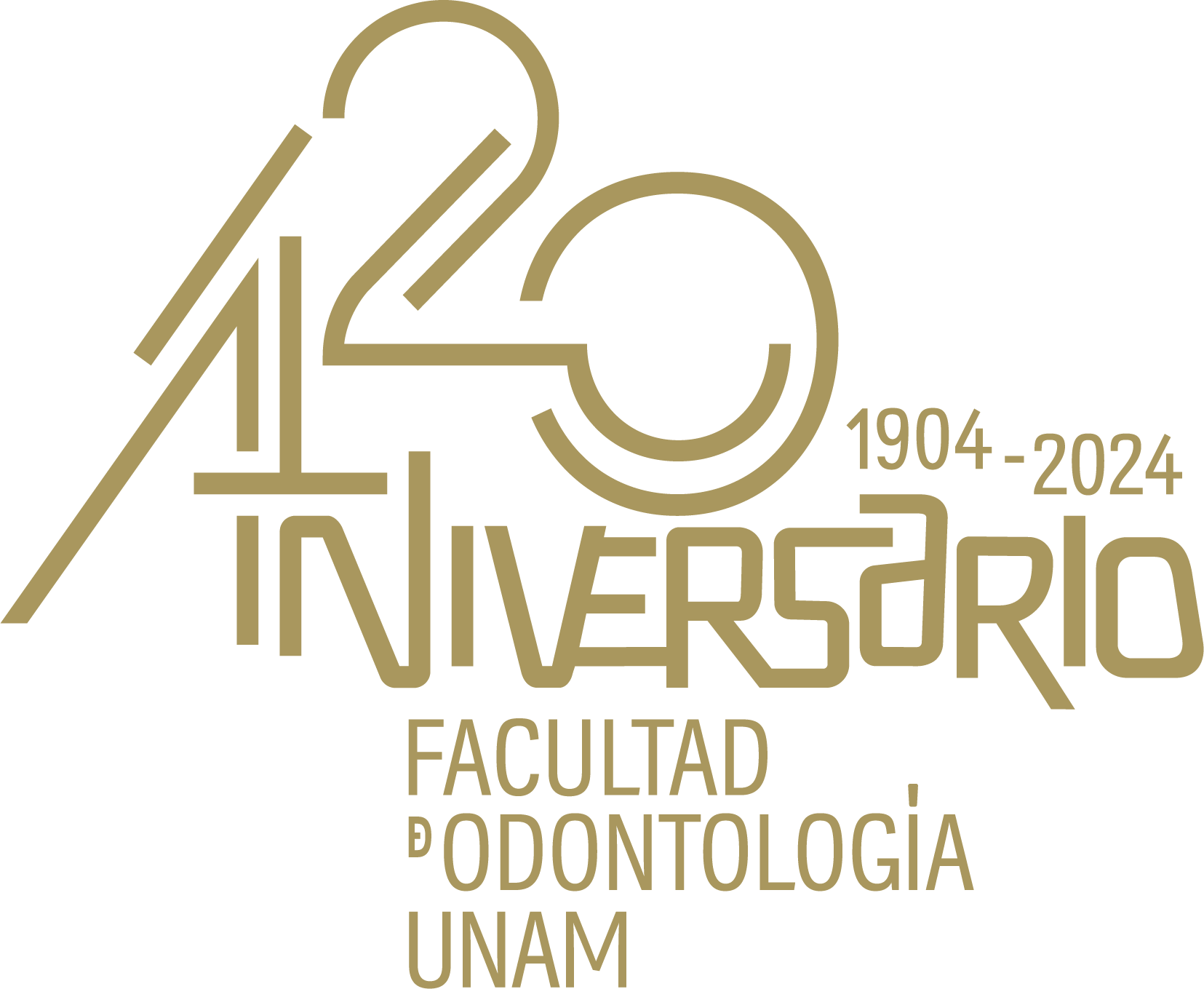Registro completo de metadatos
| Campo DC | Valor | Lengua/Idioma |
|---|---|---|
| dc.rights.license | https://creativecommons.org/licenses/by-nc-nd/4.0/legalcode.es | - |
| dc.creator | Rodríguez Castañeda, Claudia Ivonne | - |
| dc.creator | Cruz Hervert, Luis Pablo | - |
| dc.creator | Llamosas Hernández, Eduardo | - |
| dc.creator | Elías Viñas, David | - |
| dc.creator | García Espinosa, Luis Antonio | - |
| dc.creator | Pacheco Guerrero, Nicolás | - |
| dc.creator | Morales González, Julio | - |
| dc.creator | Ángeles Medina, Fernando | - |
| dc.date.accessioned | 2025-01-29T00:11:42Z | - |
| dc.date.available | 2025-01-29T00:11:42Z | - |
| dc.date.issued | 2017 | - |
| dc.identifier.issn | 2395-9215 | - |
| dc.identifier.uri | https://ru.odonto.unam.mx/handle/123456789/32090 | - |
| dc.description.abstract | Electromyography is a useful tool in orthodontics to evaluate and monitor muscle activity for diagnosis and during treatment Objectives: The aim of this study was to determine changes in electric muscular activity during different phases of orthodontic treatment. Material and methods: We performed a cohort study and measured bilateral electromyographic activity (EMG) for 30 seconds in maximum intercuspation. EMG activity was measured monthly for 15 months during 4 phases in orthodontic treatment: preatreatment (P0), splint wear (P1); leveling and aligning (P2); space closure (P3); and fi nishing stage (P4). EMG was measured using a digital electromyograph developed by our group (hardware and software) to determine μV every 0.002 seconds. The root mean square (RMS) value was estimated as a mean value of EGM. Patients were treated at the Orthodontics Department and the Physiology Laboratory of UNAM during 2014-2016. We performed a descriptive, bivariate analysis and a random effects linear regression model for repeated measurements adjusted by age, gender, malocclusion and extractions. Results: Our pilot study included 10 patients (6 female and 4 male); mean age was 20 years. At baseline, maximum median EMG was recorded (median 239 μV, IQR 143 μV-561 μV), Multivariate analysis showed that EMG measurements decreased at P1 (regression coeffi cient [Coef]. -180.97; 95% CI -330.37, -31.56; p = 0.018), P3 (Coef. -168; 95% CI -332.36; -3.76; p = 0.045) and P4 (Coef. -184.21; 95% CI -326.91, -41.5; p = 0.011). Conclusions: EMG changes decreased randomly during orthodontic phases and not constantly as generally believed. | - |
| dc.language | eng | - |
| dc.publisher | Universidad Nacional Autónoma de México. Facultad de Odontología | - |
| dc.rights | La titularidad de los derechos patrimoniales de esta obra pertenece a las instituciones editoras. Su uso se rige por una licencia Creative Commons BY-NC-ND 4.0 Internacional, https://creativecommons.org/licenses/by-nc-nd/4.0/legalcode.es, fecha de asignación de la licencia 2018-02-06, para un uso diferente consultar al responsable jurídico del repositorio por medio del correo electrónico revistamexicanadeortodoncia@gmail.com | - |
| dc.subject | Electromyographic | - |
| dc.subject | electric muscular activity | - |
| dc.subject | malocclusion | - |
| dc.subject | orthodontic treatment | - |
| dc.subject.classification | Ciencias Biológicas, Químicas y de la Salud | - |
| dc.title | Changes in electromyographical activity during different phases of orthodontic treatment: pilot study results | - |
| dc.type | Artículo Técnico-Profesional | - |
| dcterms.provenance | Universidad Nacional Autónoma de México. Facultad de Odontología | - |
| dc.description.repository | Repositorio Universitario de la Facultad de Odontología, https://ru.odonto.unam.mx/ Facultad Odontología | - |
| dc.rights.accessrights | Acceso abierto | - |
| dc.identifier.url | https://revistas.unam.mx/index.php/rmo/article/view/63328/55603 | - |
| dc.identifier.bibliographiccitation | Rodríguez Castañeda, Claudia Ivonne, et al. (2017). Changes in electromyographical activity during different phases of orthodontic treatment: pilot study results. Revista Mexicana de Ortodoncia; Vol. 5 Núm. 4, 2017. | - |
| dc.identifier.doi | https://doi.org/10.1016/j.rmo.2018.01.015 | - |
| dc.relation.ispartofjournal | Revista Mexicana de Ortodoncia; Vol. 5 Núm. 4 (2017) | - |
| Aparece en las colecciones: | Revistas | |
Los ítems de DSpace están protegidos por copyright, con todos los derechos reservados, a menos que se indique lo contrario.

